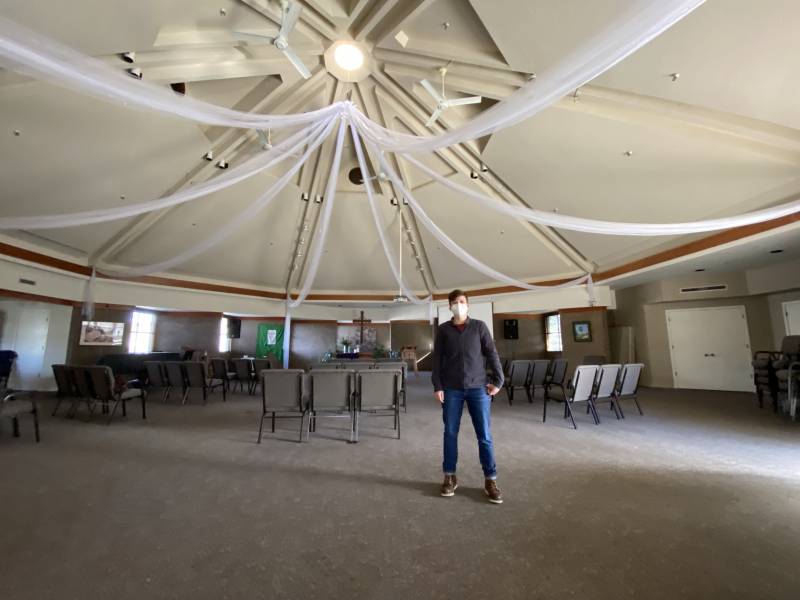Living with climate change means we’re going to have to plan for more disasters. That includes things like emergency shelters, food, and financial help.
But there are many people who don’t feel safe or welcome accessing help when disaster does strike — including queer people. New research from Yale University, the University of Georgia and UC Irvine found LGBTQ+ communities are rendered invisible within disaster policies, even in California.
In the face of natural disasters, the dangers for queer people, who can also face barriers like homelessness, discrimination, and poverty, are layered and complex. The stakes for planning without queer people in mind can have significant consequences.
Guest: Ezra David Romero, KQED climate reporter
